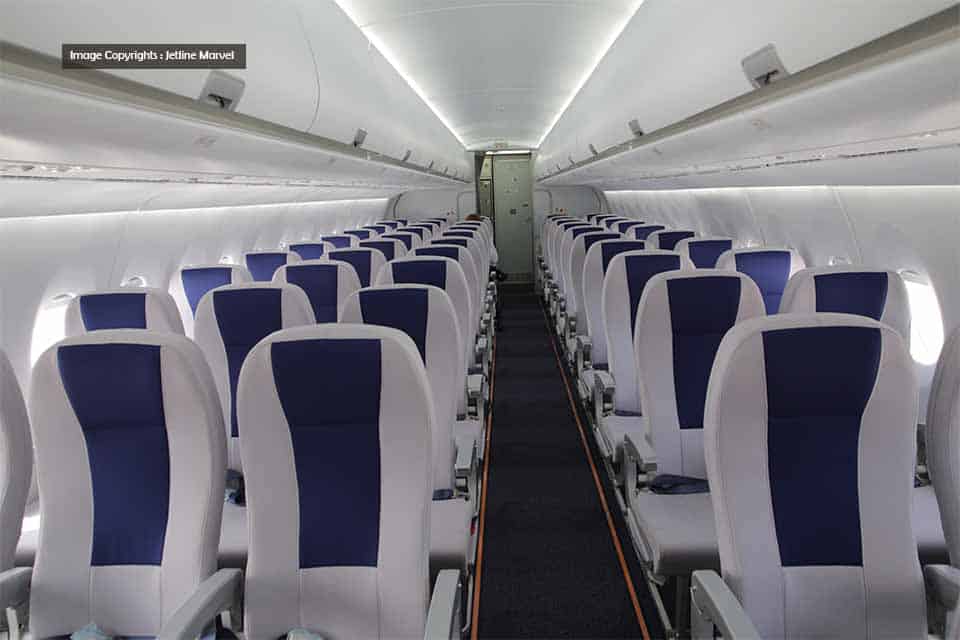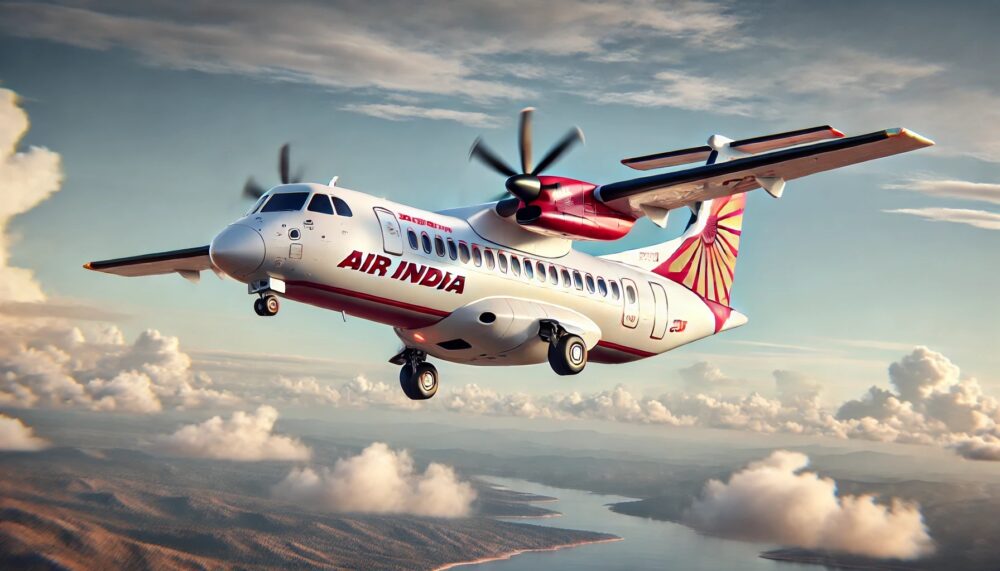Aviation
Can Airline Seat Cushions Be Used As Life Jackets?

In the event of an aircraft ditching into water, there’s a common question: Can aircraft seats serve as an alternative to life jackets for flotation? The answer lies in understanding their respective functions.
While seat cushions can provide some buoyancy in water, they are not intended nor certified to function as life jackets. Their primary purpose is to offer cushioning for passengers during flight. On the other hand, life jackets are meticulously engineered to keep individuals afloat in water, equipped with buoyancy materials, secure straps, and reflective elements for visibility. They offer numerous advantages over mere cushions.
While a seat cushion might offer temporary assistance in staying afloat, it’s not a dependable substitute for a proper life jacket during an emergency. It’s crucial to utilize approved safety equipment when near bodies of water. A life jacket, designed to keep a person buoyant for extended periods, offers the rigidity needed for prolonged flotation and allows for easy movement of the arms to navigate effectively.
What fabric is used in aircraft seats?
Seats are meticulously designed to fulfill multiple purposes, ensuring passenger comfort, safety, and protection from unforeseen circumstances like fires and accidents. A typical design incorporates an aluminum frame with blocks of polyurethane foam affixed to it. Additionally, a layer of fire-resistant fabric, such as Kevlar or Nomex, is often applied over this framework, topped with a layer of cloth or leather.
Leather seats, while luxurious, are more expensive compared to traditional cloth seats. The majority of fabrics used in seat upholstery contain at least 90% wool fiber, with the remainder typically consisting of polyamide (nylon). Wool stands out as the primary fiber chosen for commercial airline seating fabric due to its desirable properties and suitability for such applications.
What is the lightest economy seat?
In recent times, airlines have been downsizing seat dimensions to accommodate more passengers, resulting in reduced cushion length and leg space. This contrasts with earlier times when airlines offered more generously cushioned seats and ample amenities.
According to Recaro Seats Company, their SL3710 model represents the lightest economy class seat available, weighing in at a mere 8 kg (17.6 lb.), setting a new standard in aircraft seating.
For individuals weighing more than 350 pounds, fitting into a standard economy-class seat can be a challenge due to the narrower dimensions. Economy seats, also referred to as “coach,” “standard,” or “main cabin” seats, typically range from about 40 to 48 centimeters in width, further emphasizing the need for more accommodating seating options.

Aviation
Air India Might Operate Tata-Made New Airbus C295 Aircraft

Tata Group’s expansion into the aviation sector continues to gain momentum, with Tata Advanced Systems Limited (TIAL) recently inaugurating the final assembly line (FAL) facility for the Airbus C295 transport aircraft.
Currently, Indian airlines are purchasing aircraft from ATR and De Havilland, focusing on shorter regional routes. These are propeller-based aircraft, similar to the C295. If Airbus and TATA go forward with this plan, it could be a major breakthrough for their business collaboration.
This international airline is offering free flight tickets to Indian travelers
If Air India shows interest in operating the C295, it would offer significant advantages. Since its parent group is involved in the aircraft’s production, Air India could benefit from streamlined access to parts and maintenance, leading to cost savings and operational efficiency.
This marks an exciting new chapter, as TIAL is also planning to develop a civilian variant of the C-295, which could potentially be operated by its own airline, Air India. If this vision comes to fruition, Air India might become the first carrier to operate the civilian C-295, marking a significant milestone for both the airline and the country’s aviation landscape.
The C295 can accommodate up to 71 passengers, close to the ATR 72’s capacity of around 78. This aircraft would be especially reliable for airlines, as parts would be readily available due to the assembly plant in India. While the C295 is primarily used for military operations, a commercial version would be a game-changer for the airline industry, providing a win-win situation for both Airbus and TATA. This could also lead to more competitive pricing.
Airbus Final Assembly Line Adapts for A350 Freighter Production
This move is aligned with the growing demand for regional connectivity in India, where smaller, regional airports require more versatile aircraft to meet travel needs. The C-295’s short take-off and landing (STOL) capabilities make it an ideal choice for connecting these regional airports, many of which have shorter runways that are not suited to larger commercial jets.
By introducing turboprop aircraft into its fleet, Air India could fill an important gap in the market, providing crucial connectivity to underserved destinations.
The potential introduction of a civilian version of the C-295 offers several benefits. First, it could significantly reduce operating costs for Air India, especially with domestic production. Having an aircraft manufactured within the country would allow for more affordable maintenance, support, and easier fleet expansion.
Three Major UK Airports Up for Multi-Billion Pound Sale
Furthermore, this move would complement the Make in India initiative, reinforcing the government’s vision to boost the country’s domestic manufacturing sector, particularly in the aerospace industry.
Additionally, the C-295’s versatility in both passenger and cargo configurations would make it an attractive choice for mixed-traffic regional routes. The fuel efficiency of turboprop aircraft over shorter distances also aligns with the need for cost-effective operations on regional routes, where airlines face increasing competition.
If Tata’s ambitious plans for a civilian C-295 materialize, it would not only strengthen the Tata Group’s position as a key player in both the military and civilian aviation sectors but also contribute to India’s rise as a competitive force in the global aerospace market.
For Air India, this shift towards operating a domestically manufactured aircraft would further underline its commitment to the country’s aviation future.
-

 Aviation2 months ago
Aviation2 months agoMicrosoft Flight Simulator Raises $3 Million to Bring Back the An-225 Mriya
-

 Airlines2 months ago
Airlines2 months agoQatar Citizens Can Travel to the United States Without a Visa
-

 Aviation2 months ago
Aviation2 months agoQatar Airways bans these new Electronic Devices on plane
-

 Defence2 months ago
Defence2 months agoWhich Country Has the Largest Fleet of Fighter Aircraft?
-

 Airlines5 days ago
Airlines5 days agoDAMAC Air: Dubai’s New Luxury Airline Offers Free Flights for Registration
-

 Airport2 months ago
Airport2 months agoWestern Sydney Airport Welcomes Its First Plane After 6 Years of construction
-

 Airlines4 days ago
Airlines4 days agoAir India to Launch aircraft maintenance training institute in Bengaluru
-

 Aviation2 months ago
Aviation2 months agoDid you know ? Once Boeing 747 carried 1088 passenger in 1991








